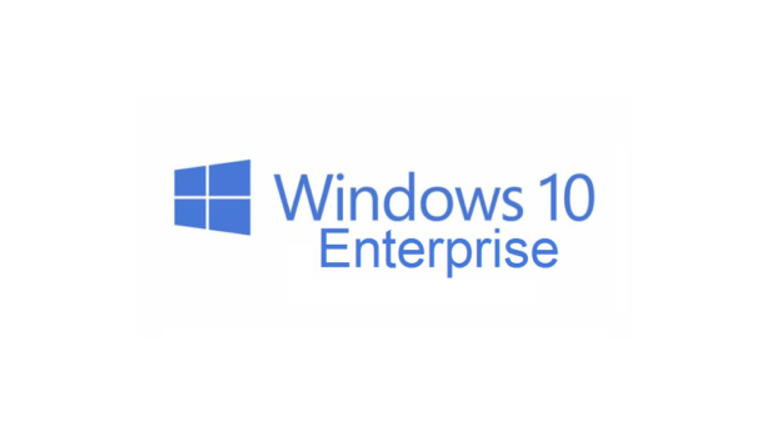Most enterprises will now adopt a once-a-year upgrade model for Windows 10, finally getting some relief from the pressure of seemingly endless rounds of testing and deployment, a Windows expert has said.
“I think enterprises will fall into an annual cadence,” Stephen Kleynhans, a Gartner research vice president, said in an interview. “With 30 months of support, you get to choose when to start rolling out [the upgrade]. You may say, ‘We’ll start kicking tires in January, piloting in March, deploying in June.’ That’s a nice window.”
Kleynhans was referring to the changes he expects enterprises to make following Microsoft’s announcement last week that it is extending support of Windows 10 Enterprise and Windows 10 Education to 30 months. The additional support, previously maxed out at 18 months, will be awarded only to the fall feature upgrade, the one each year labelled xx09 in Microsoft’s yymm format. Windows 10 Enterprise 1809 (and the matching Education edition), slated to release later this month or early in October, will be the first to get two-and-a-half years of security patches and non-security bug fixes.
It had been difficult, but not impossible, for businesses to skip one of each year’s two Windows 10 upgrades when support expired after 18 months. With support stretched to 30 months, however, skipping will be a relative breeze.
Guiding principle
Why the need to skip at all? Because corporate customers have never swallowed Microsoft’s assertion that Windows had to be, could be, upgraded several times each year. Instead, enterprises balked at the churn. Unless Microsoft was willing to concede that bedrock principal of its Windows-as-a-service (WaaS) strategy — which it wasn’t — the only way businesses could slow the tempo was to bypass one or more offered upgrades. The risk was more than many could accept, though, because missing security fixes was unacceptable.
“I think this was a realisation of reality by Microsoft,” Kleynhans said of the support extension and the resulting customer ability to deploy just one feature upgrade annually.
Microsoft’s original vision, he said, was “pretty aggressive,” and customers and analysts had expressed doubt about the schedule’s pace from the start. Microsoft’s response to those concerns, he said, has been visible in the many changes to the WaaS servicing and support model. “I think we’ve seen that reflected in that every six months they’ve tweaked the program, until it’s shifted to where it is today.”
Spacing upgrades
Some enterprises might be able to minimise disruption by spacing upgrades even further apart, skipping three to deploy just one every two years. “One update out of four, that is possible, but you’d better be really good [at testing and deploying],” Kleynhans said.
“You’d only have six months to get it installed,” said Kleynhans, talking about the overlap between upgrades two years apart. “That could be challenging.”
Others agreed that a once-every-two-years rhythm would be attractive to some Windows users. “The odd cadence of spring gets the shorter period, fall gets the longer, means – in my opinion – that [Microsoft] realises that enterprises will drop into a fall-only model and only update at most, every two years,” said Susan Bradley, a computer network and security consultant, moderator of the PatchMangement.org mailing list, and writer for AskWoody.com, the Windows-centric site run by Woody Leonard, a Computerworld columnist.
“[This support change means Microsoft] acknowledges the problem that the survey results pointed out, that every six months is not working out well for businesses,” Bradley added.
IDG News Service








Subscribers 0
Fans 0
Followers 0
Followers